Computer Science > Lab Report > Cisco Lab - Internet Meter Anomaly Detection 2021 (All)
Cisco Lab - Internet Meter Anomaly Detection 2021
Document Content and Description Below
Lab - Internet Meter Anomaly Detection Objectives **Part 1: Feature Engineering** **Part 2: Euclidean Anomaly Detection** Scenario/Background Anomaly-detection algorithms locate those datapoints ... that stand out from a pattern. For example, algorithms of this kind can be used to test the safety of airplane engines by recording quantities such as fuel consumption, temperature, and so on. Whenever the measurements display extreme values, such as unusually high temperature, anomaly detection alerts the operator, who can then take action to resolve potential issues. Constant improvement of safety standards is not unique to the transport sector, and these algorithms find applications in all branches of industry, from food manufacturing to the production of toys for children. Required Resources 1 PC with Internet access Raspberry Pi version 2 or higher Python libraries: numpy, pandas, matplotlib Datafiles: rpi_data_processed.csv13/05/2021 4.3.2.4 Lab - Internet Meter Anomaly Detection https://static-course-assets.s3.amazonaws.com/IoTFBDA201/en/course/files/4.3.2.4 Lab - Internet Meter Anomaly Detection.html 2/11 Part 1 : Feature Engineering Step 1: Import Python Libraries. In this step, you will import Python libraries. In [ ]: # Code Cell 1 import numpy as np import pandas as pd Step 2: Create a Dataframe and modify the quantities. The quantities that are recorded when gathering data, also known as features, may require some transformation before analysis. For example, the quantity called 'ping' obtained when measuring internet speed. This feature describes intervals of time. A contrast is then observed, as the other quantities being monitored, namely the rates of download and upload, have dimensions of inverse time. Because of this, 'ping' is not the optimal choice for statistical analysis. Better results are achieved using a related feature, which we will call 'ping rate'. This is calculated by applying the simple transformation This process of 'modifying' quantities in view of analysis is termed 'feature engineering', and is generally an important part of the machine-learning workflow. Load the internet-speed data from the file rpi_data_processed.csv into a Pandas dataframe named df. Using this as a starting point, generate another dataframe, df_rates, whose three columns are download_rate, upload_rate and ping_rate respectively. When computing this last feature, make sure that the result is given in units of 1/seconds [Show More]
Last updated: 1 year ago
Preview 1 out of 11 pages

Reviews( 0 )
Document information
Connected school, study & course
About the document
Uploaded On
Aug 27, 2021
Number of pages
11
Written in
Additional information
This document has been written for:
Uploaded
Aug 27, 2021
Downloads
0
Views
119






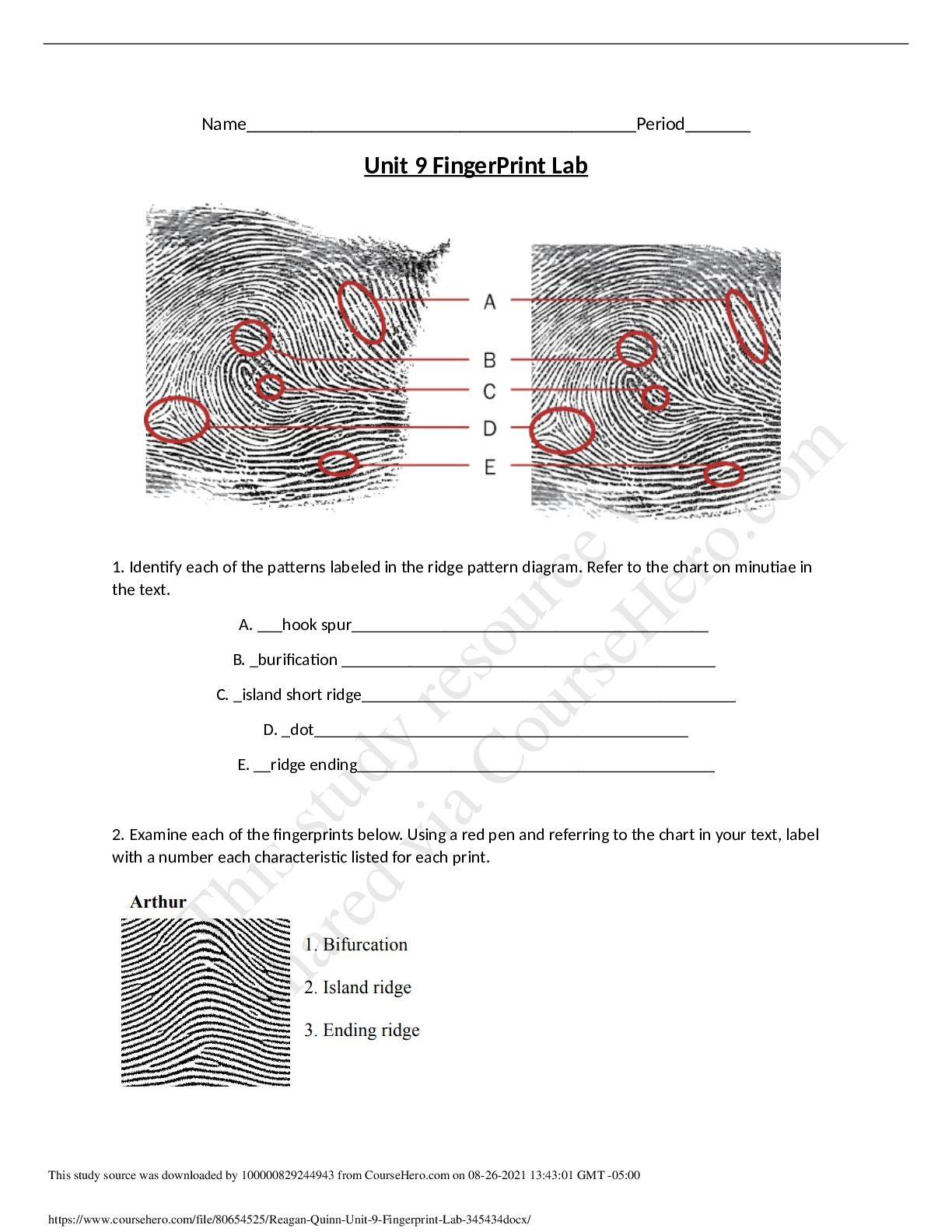






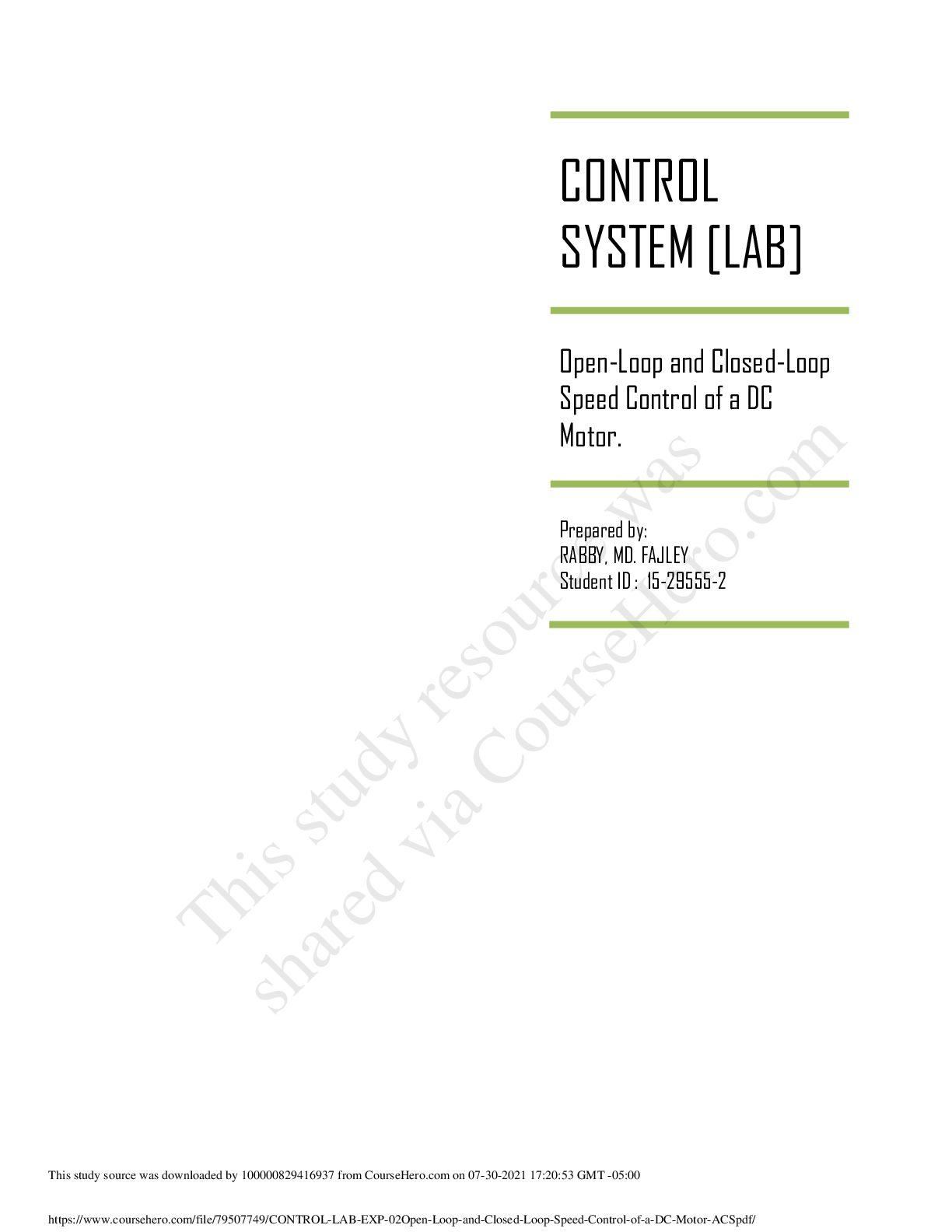








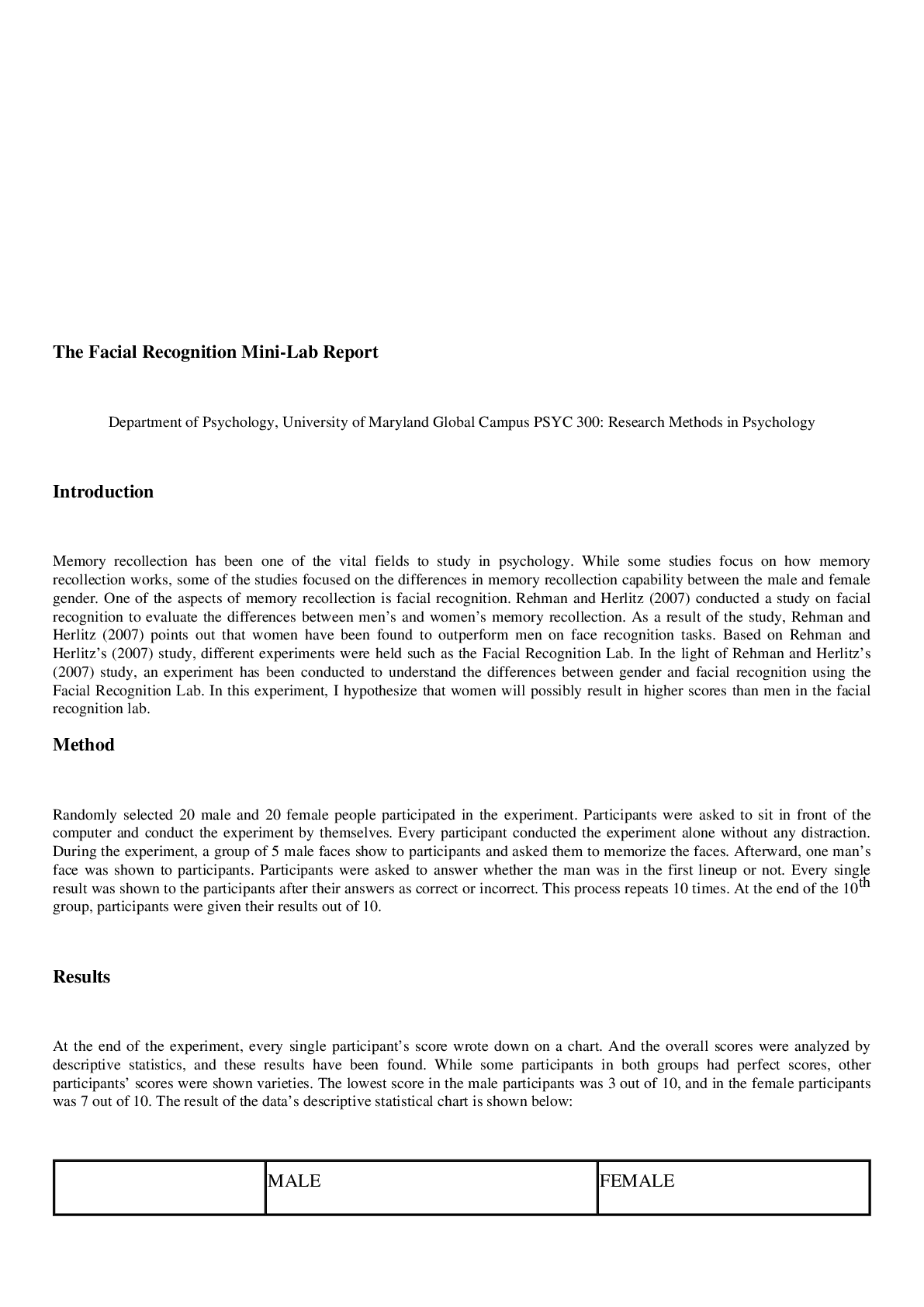
 (1).png)
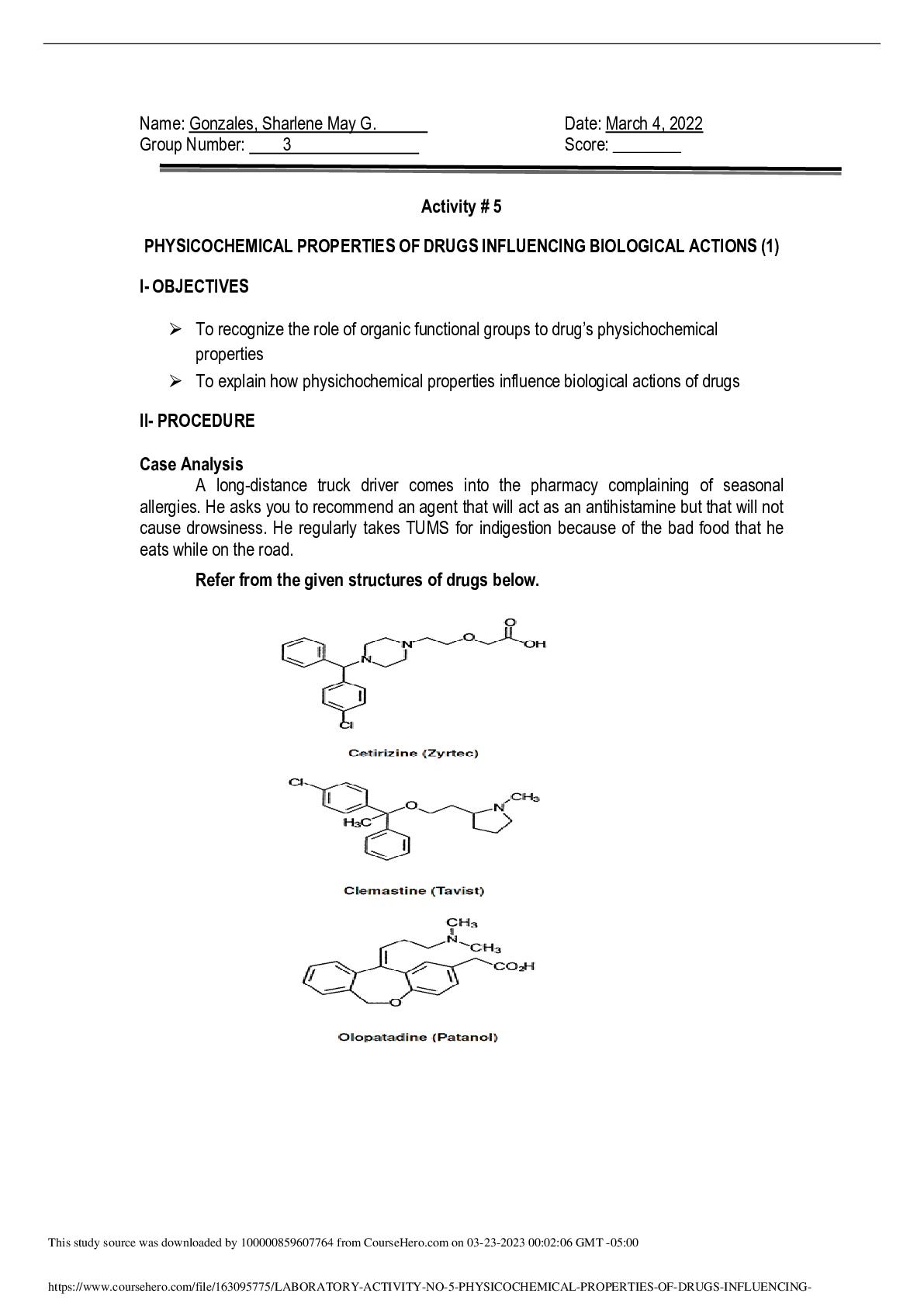
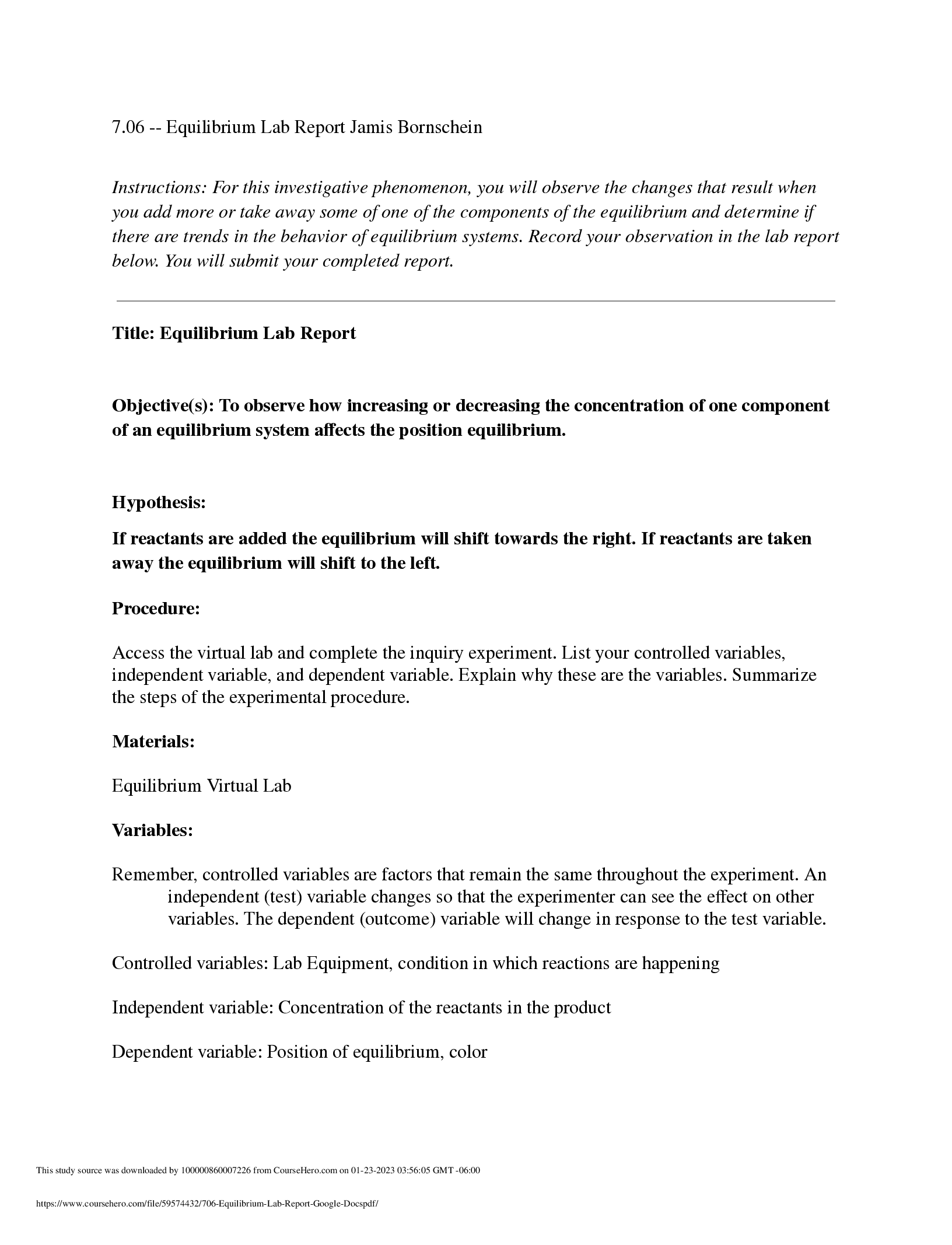






.png)

.png)

